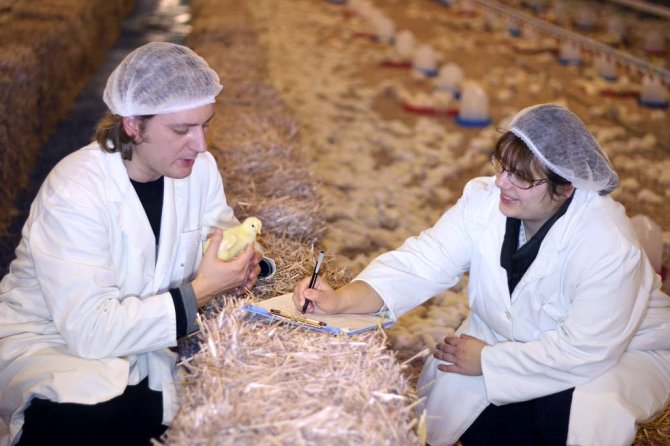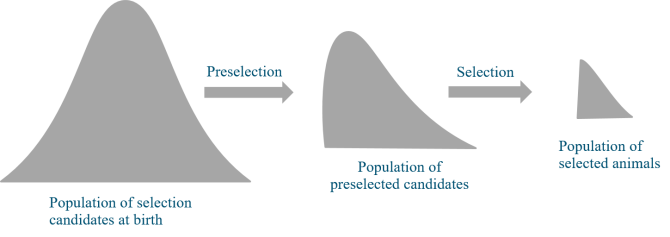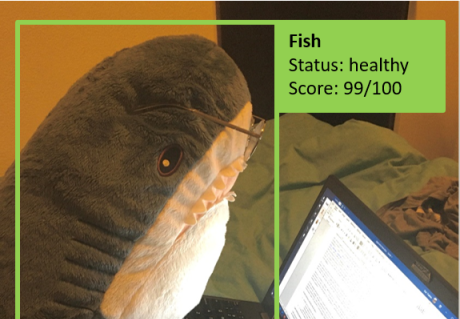
Genotypes of animals selected out early in selection process are not always needed in subsequent evaluations of their retained relatives
WIAS magazine - Fall edition 2021
Research Light
To further evaluate retained animals, genetic evaluation models known as ‘single-step genomic evaluation models’ only require genotypes of animals selected out early in selection process if their parents are not genotyped. This is the main conclusion from an investigation by researchers in the Animal Breeding and Genomics Group of Wageningen University & Research. The research was published in the Journal of Animal Breeding and Genetics.

Until now, it was not clear whether or not the so called ‘single-step genomic evaluation models’ required genotypes of animals selected out early in selection process, in subsequent evaluations of their retained relatives. Therefore, genotypes of all selection candidates, both those retained and those selected out in early stages of selection process, were used in subsequent evaluations of retained selection candidates. This made the subsequent evaluations slower than necessary, especially now that many animals are genotyped. The researchers have now shown that if subsequent evaluations of retained animals are done using single-step genomic evaluation models, genotypes of animals selected out early in selection process are only required if the parents of the selection candidates are not genotyped. This finding will enable animal breeders to only use those genotypes that are required in subsequent evaluations of retained animals, which will in turn speed-up genetic evaluations. Getting results of genetic evaluations in time is crucial in ensuring that appropriate animals are kept and the rest are selected out as quickly as possible, to prevent additional cost of keeping them longer than necessary.
Selection of parents of the next generation is a multi-stage process
The ideal moment to select the animals to produce the next generation is when all traits of interest are recorded on all animals. Raising all animals to this point in time, and recording their performance, is costly. Therefore, an initial selection step is often made early in lives of the animals, using their genomic information. This is called genomic preselection. Animals that survive this selection stage are called genomically preselected animal, and those that do not are called genomically preculled animals. It is known in the literature that if subsequent evaluations of genomically preselected animals are done using models known as pedigree-based genetic evaluation models, information on genomically preculled animals is needed to ensure proper evaluation of the genomically preselected animals.

Read the full article at https://doi.org/10.1111/jbg.12533 for more information.




